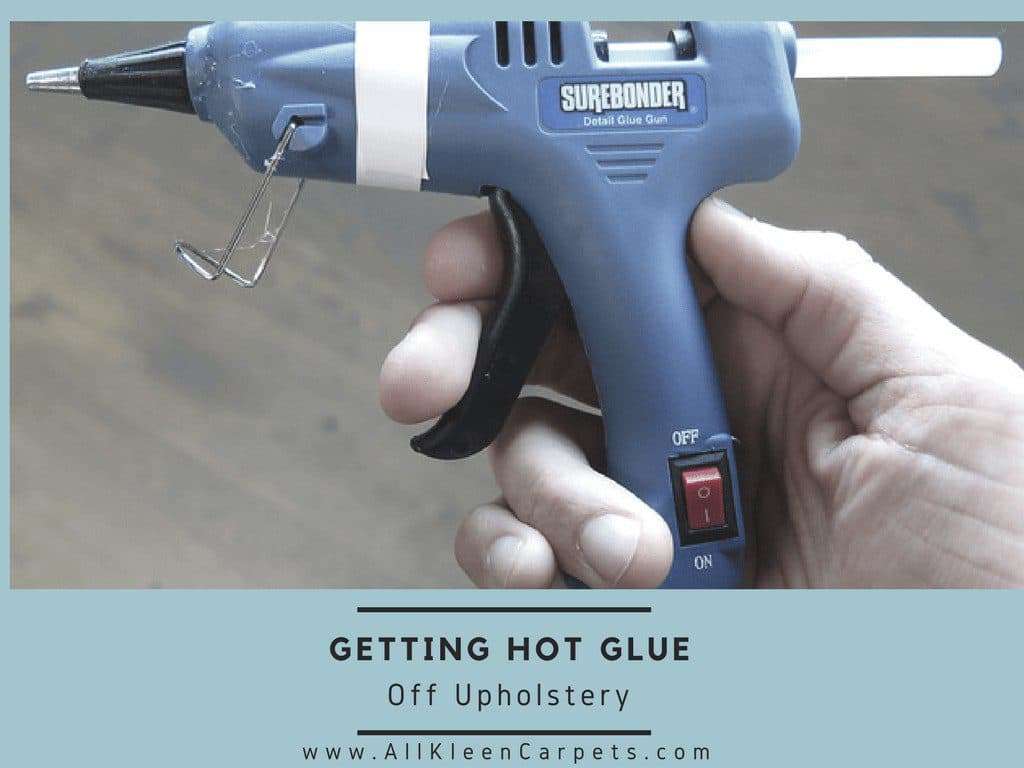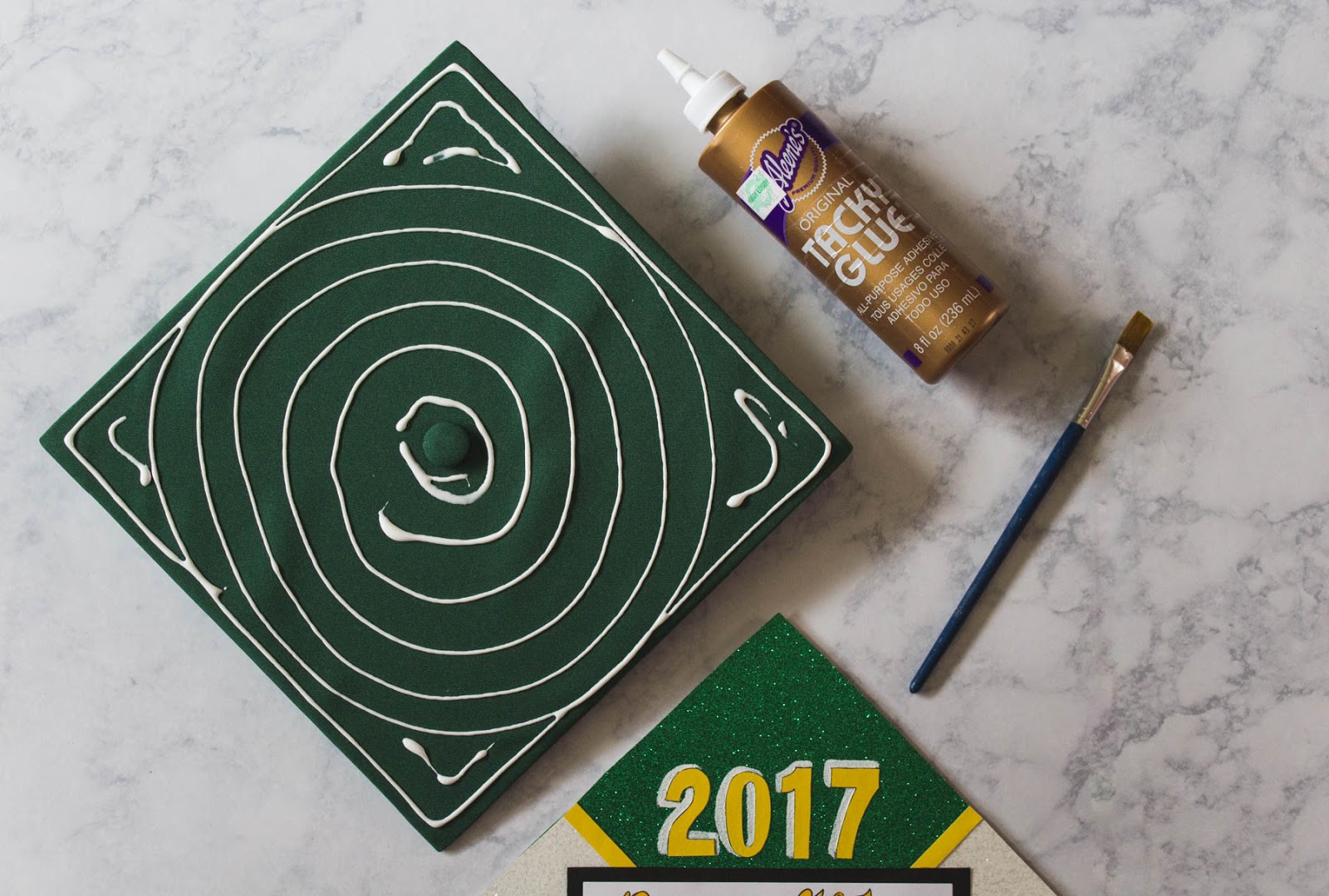When crafting projects go awry, hot glue can find its way onto surfaces where it doesn’t belong — like your carpet. Understanding how to get hot glue off carpet is crucial for DIY enthusiasts and homeowners alike. Dealing with this sticky adversary can be frustrating, but with the right technique, you can restore your carpet to its former glory.
Understanding the Challenge of Hot Glue Spills
Hot glue spills present a unique challenge. The adhesive is designed to cool and solidify quickly, bonding firmly to fibers. This means that hastily attempted removals can lead to further entrenchment or even damage to your carpet. However, with patience and the correct approach, you can tackle these spills effectively.
Preparation: Before You Start the Glue Removal Process
Before diving into the removal process, it’s essential to prepare adequately to avoid damaging your carpet and to make the task easier.
Gathering Necessary Materials
You’ll need a few specific items to tackle the task:
- An ice pack or a bag of frozen vegetables
- A blunt scraping tool, such as a spoon or a butter knife
- An iron or a hairdryer
- Paper towels or a clean white cloth
- Carpet glue solvent (if necessary)
- Rubbing alcohol
- Protective gloves
With these materials at hand, you’re set to proceed with the glue removal from carpet.
Step-by-Step Guide: How to Get Hot Glue Off Carpet
There are several methods to remove hot glue from carpet, and the best approach depends on the severity and age of the spill.
Method 1: Freezing and Scraping the Glue
One of the safest methods to get glue out of carpet is by freezing it:
- Place an ice pack or bag of frozen vegetables over the glue spill to harden it.
- Once hardened, use a blunt scraping tool to gently chip away at the glue.
- Be careful not to pull the carpet fibers.
- Vacuum any glue fragments to clear the area.
Method 2: Heating and Blotting the Glue
For more pliable glue, gentle heat can help:
- Cover the glue with a clean cloth or paper towels.
- Use an iron on low heat or a hairdryer to warm the glue through the cloth.
- Once the glue becomes tacky, blot it with the cloth. Do not rub, as this can spread the glue.
- Repeat the process until the glue is removed, using clean sections of the cloth each time.
Method 3: Using Carpet Glue Solvent
When other methods fail, a carpet glue solvent can be effective:
- Apply a small amount of solvent to a hidden area of your carpet to test for colorfastness.
- If safe, apply the solvent according to the manufacturer’s instructions on the glue spill.
- Blot the area with a clean cloth to remove the dissolved glue.
- Rinse the area with water and blot dry.
Method 4: Applying Alcohol to Remove Glue
Rubbing alcohol can break down the adhesive properties of glue:
- Moisten a cloth with rubbing alcohol and dab it onto the glue spill.
- Let it sit for a few minutes to soften the glue.
- Gently scrape away the glue with a blunt tool.
- Clean the area with a damp cloth and blot dry.
Specialized Techniques for Different Types of Glue
Not all glues are created equal, and some may require specialized removal techniques.
How to Remove Hard Glue from Carpet
To tackle hard glue, freezing and scraping are often the most effective approaches, as they minimize the risk of carpet fiber damage and allow for easier chipping away of the glue.
Easy Way to Remove Hot Glue
The easy way to remove hot glue is by using a combination of heat application and careful blotting. This technique allows you to lift the glue without leaving a residue.
Best Way to Remove Carpet Glue
The best way to remove carpet glue is by using a solvent designed for carpet adhesives. Follow the product’s instructions closely to ensure safe and effective glue removal.
How to Dissolve Hot Glue Without Damaging Your Carpet
Choosing the right method is key to dissolve hot glue without causing harm to your carpet’s fibers or color.
Choosing the Right Solvent
Select a solvent that is safe for use on carpets. Look for non-toxic, carpet-friendly options and always perform a spot test before applying it to a larger area.
Troubleshooting Common Issues with Glue Removal from Carpet
Even with careful application, you may encounter issues when removing glue from your carpet. Here’s how to address them.
Dealing with Stubborn Glue Stains
If standard removal techniques don’t work, consider repeating the solvent application or consulting a professional cleaner for assistance.
Preventing Damage to Carpet Fibers
Prevent damage by avoiding aggressive scrubbing and choosing the gentlest removal method that’s effective. Always follow up with a thorough rinse and dry.
Maintenance: Keeping Your Carpet Clean After Glue Removal
Once you’ve successfully removed the glue, it’s important to maintain your carpet to prevent future issues.
Regular Cleaning Tips
Regular vacuuming, prompt spill clean-up, and annual deep cleans can keep your carpet in top condition.
Conclusion: Ensuring a Glue-Free and Clean Carpet
With the right knowledge and materials, removing hot glue from your carpet is achievable. Whether you’re dealing with a fresh spill or a dried spot, there’s a method to safely and effectively restore your carpet.
FAQs: Expert Answers to Common Glue Removal Questions
Get further insights into the glue removal process with these expert answers.
Can I Use Heat to Remove Glue from Carpet?
Yes, you can use controlled, gentle heat as a means to soften and remove glue from carpet fibers.
Accidentally got hot glue on your carpet or other surfaces during your latest DIY project? Don’t worry; we’ve got you covered with our handy guides. For tips on tackling those sticky situations on your floors, read our article on how to get hot glue out of carpet. If you’ve also managed to get glue on walls, our guide on how to get hot glue off the wall will be of great help. And for those mishaps on upholstery, check out our instructions on how to get hot glue off a fabric couch. With these resources, you’ll be able to clean up in no time and get back to your creative endeavors!
What Should I Avoid When Trying to Get Glue Out of Carpet?
Avoid using sharp objects that might cut the fibers, overly aggressive scrubbing, and applying too much heat or solvent, which can cause damage.

